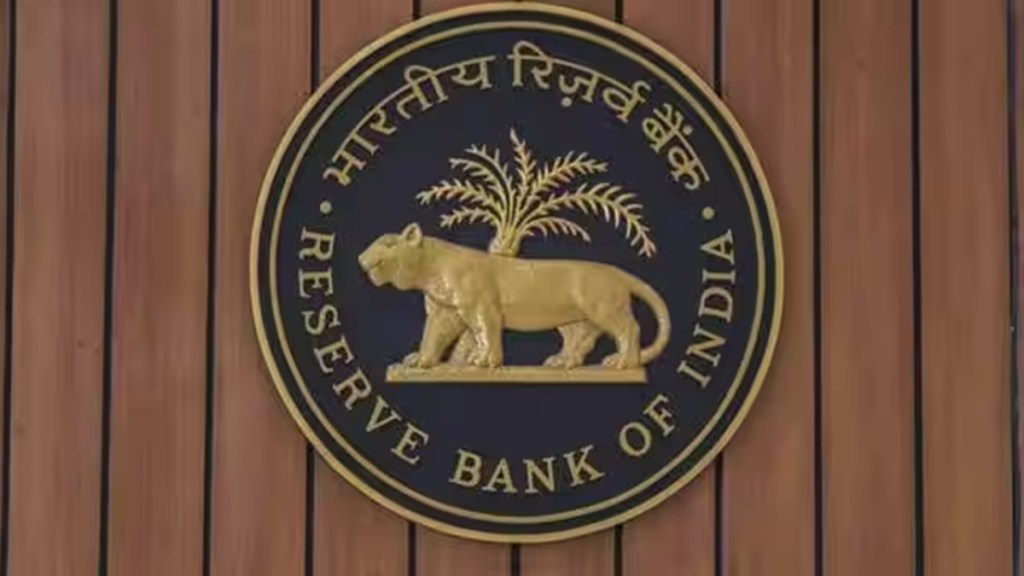With the rise in the benchmark policy rates, the share of loans carrying 8% interest rate came down from 53% in March 2022 to 18% in June 2023, while the share of bank credit with interest rate of over 10% increased from 22% to 34%, the Reserve Bank of India’s (RBI) monthly bulletin said on Monday.
A similar trend has been witnessed across deposits, where there has been an increase in the share of term deposits offering 7% and more returns. As a result, the growth in term deposits picked up while savings deposits decelerated.
The RBI had hiked the repo rate by 250 basis points between May 2022 and April. Accordingly, the one-year median marginal cost of funds-based lending rates (MCLRs) of banks has increased by 155 bps during May 2022 to August 2023. Concomitantly, the weighted average lending rates (WALRs) on fresh and outstanding rupee loans increased by 193 bps and 112 bps, respectively, during the period of May 2022 to July 2023.
On the deposit side, the weighted average domestic term deposit rates (WADTDR) on fresh and outstanding deposits increased to 232 bps and 151 bps, respectively, during the same period. In July 2023, the SCBs increased their WALR on fresh rupee loans by 24 bps, whereas the WADTDR on fresh deposits remained broadly unchanged, the report said.
“Aggregate deposits with banks… increased to 11.8% from 9.0% a year ago. Banks’ credit (excluding the impact of the HDFC twins merger) growth registered a slight moderation amid ongoing deposit mobilisation efforts by the banking sector,” the report said.
Currency in circulation, the largest component of reserve money, decelerated to 4% from 8.2% a year ago, reflecting the withdrawal of `2,000 banknotes. According to RBI, 93% of such currency notes has been returned to the banking system, mostly in the form of deposits, as on August 31.
Further, in consonance with the strategy of calibrated withdrawal, surplus liquidity in the system considerably moderated since August 12, following the imposition of the incremental CRR or I-CRR, which impounded liquidity of about `1.13 trillion.
Liquidity increased towards the end of the month and in early September in response to larger government spending, but moderated thereafter. Reflecting these developments, average total absorption under the liquidity adjustment facility (LAF) declined sharply to about `1 trillion during August 16 to September 12, from `1.9 trillion during July 16-August 15.
“Of the total average surplus liquidity, placement of funds under the standing deposit facility (SDF) averaged `0.8 trillion while the remaining amount was mopped up through variable rate reverse repo (VRRR) operations,” the report said.
On payments front, the Unified Payments Interface (UPI) continued its dominance, recording 10 billion transactions in August and accounting for nearly 81% of overall digital transaction. Since its inception in 2016, the UPI has exhibited exponential growth, with a near doubling of transactions under the person-to-merchant (P2M) category. Currently, UPI facilitates transaction needs of over 330 million estimated unique users and 70 million merchants, it added.

